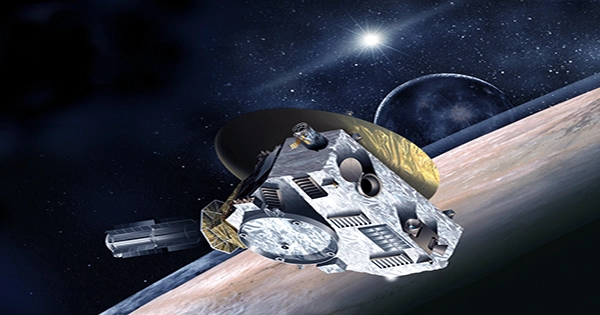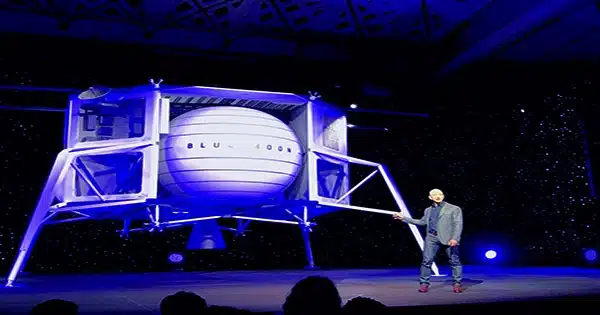Two years after losing to SpaceX, Jeff Bezos’ rocket business has now been awarded a NASA contract to send astronauts to the moon.
A $3.4 billion contract was awarded to Blue Origin on Friday to head a team building the Blue Moon lunar lander. After two crew landings by Elon Musk’s SpaceX in 2029, it will be used to ferry astronauts to the lunar surface.
NASA will use its own rockets and capsules to send astronauts to lunar orbit, but it wants private businesses to take over after that.
In order to return to the moon more than 50 years after the Apollo moonshots ended, NASA Administrator Bill Nelson said the agency wants a variety of landing alternatives.
In addition to the NASA deal, Blue Origin is contributing billions of dollars to assist build a permanent presence on the moon.

“We have a lot to do before we successfully land and return astronauts,” said Blue Origin vice president John Couluris.
Blue Origin filed a lawsuit two years ago when NASA granted SpaceX the contract for the first lunar landing. The decision of the space agency was upheld by a federal judge.
NASA’s Artemis program, which follows the Apollo moonshots of the 1960s and 1970s, began with a successful test flight late last year. An empty Orion capsule was launched into lunar orbit atop NASA’s new moon rocket before returning home.
One Canadian and three American astronauts will launch on the next Artemis mission in late 2019 and travel to and from the moon without landing. The mission after that would send two Americans, no sooner than late 2025, descending to the lunar surface aboard a SpaceX Starship.
Before having astronauts on board, Blue Origin intends to rehearse moon landings without a crew, like SpaceX.
While Blue Moon seems more like a classic capsule set atop a tall compartment with legs than the gleaming, stainless steel Starship, which has a science fantasy appearance. On the moon, the latter will be 52 feet (16 meters) tall.
Landers from both firms are designed to be recycled.
Blue Origin will launch its lunar missions from Cape Canaveral using its still-in-development New Glenn rocket. The world’s largest rocket, Starship, made its premiere last month from South Texas; the test flight ended in an exploding fireball a few minutes into the mission.
Blue Origin collaborates with five companies: Lockheed Martin, Boeing, Draper, Astrobotic Technology, and Honeybee Robotics.
According to NASA, only one other bid was filed for the contract competition.















